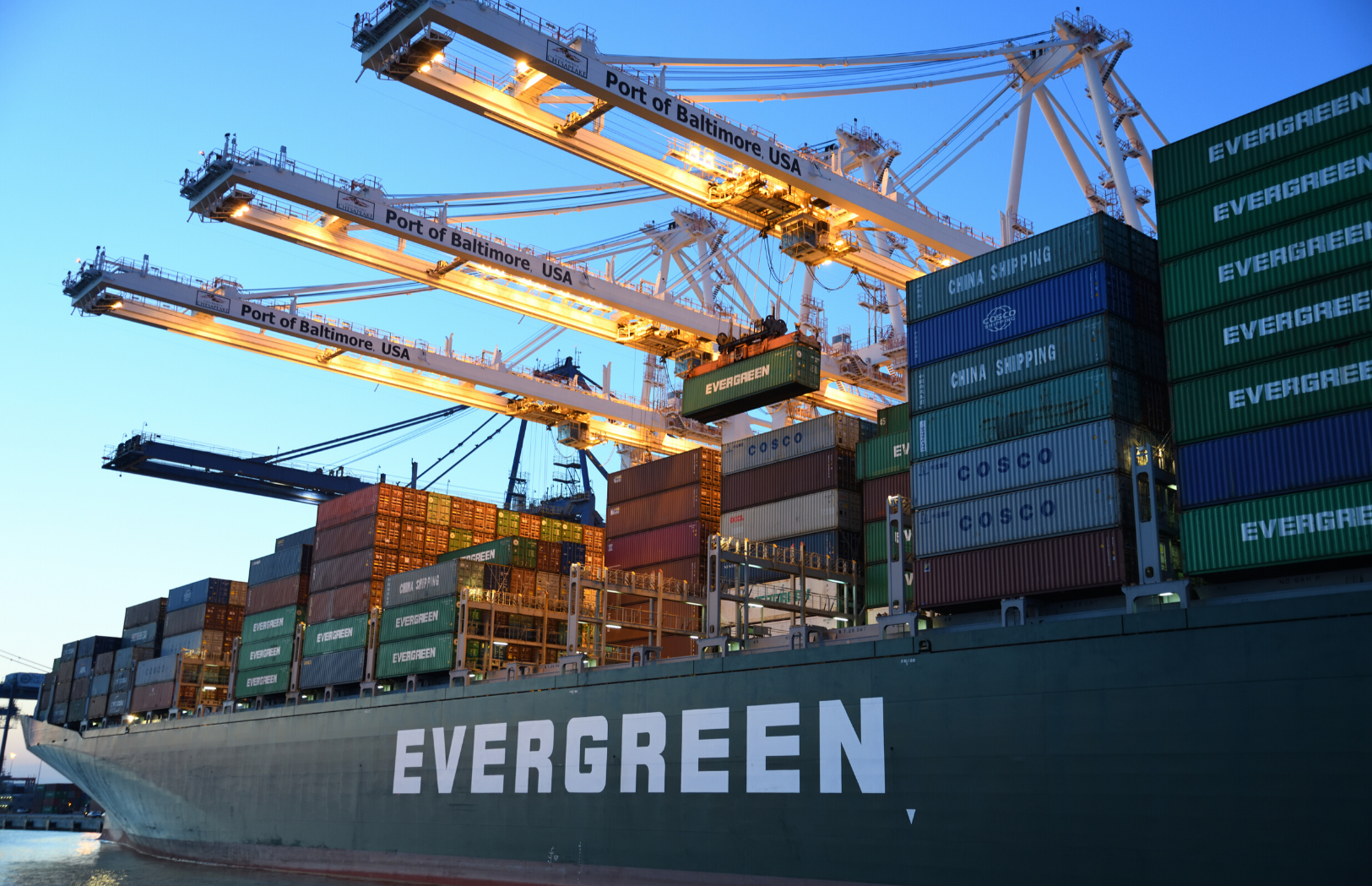FreightTech startup BlueX helps ocean carriers like Evergreen Marine go digital

As the coronavirus pandemic forces companies to embrace digital transformation, a Taiwan-based startup is helping the ocean shipping industry take the first step.
Globally, more than 90% of the freight is shipped via ocean. Massive in size, the industry has a great potential for profitability; however, due to the low level of digitization, marine carriers have been mired in the swamp of low return on invested capital.
“If you think about how a shipper books a container to move from point A to B, it’s done largely the same way as it has been done over the last 20 years,” Sean O’Malley, co-founder and CEO of BlueX, tells Business Next.
The communication between the shipper and carrier usually involves a great deal of paperwork, phone calls, and emails, and takes up to two days. However, “that’s just to get your ticket to get a container onto the boat,” he says. After the booking, shippers still need to work with providers of other logistics services, from financing to warehousing, to send the goods to the right destination.
Mr. O’Malley, therefore, co-founded BlueX two years ago to connect the carrier and their shippers with an “open freight marketplace” and serve the latter by leading them to complete everything they need in order to ship their freight internationally, free of hassle.
In the time of COVID-19, companies are realizing the necessity of digitizing their business and going paper-free, and BlueX has been seeing interests from carriers as well. “This is how the future needs to work,” Mr. O’Malley says.
Agoda of FreightTech
The startup found inspiration in the airline industry that has been actively digitizing for the past 20 years. People used to need to call a travel agent to book a flight, but now, there are websites like Agoda and Expedia, through which they can buy a ticket, book a hotel, and take out an insurance for their trip.
Today, in the container shipping industry, carriers like Maersk and Hapag-Lloyd have been investing heavily in digitization and acquiring a number of trade services providers to diversify their revenue stream. The strategy allows them to enjoy a higher market cap than many other un-digitized carriers.
By doing so, Mr. O’Malley explains that these asset-heavy digitized players aim to gain market share by offering not only shipping but downstream services, from financing and insurance to tracking and warehousing, which are the real source of profits.

According to BlueX’s calculation, an whopping $2,100 can be extracted from a full ocean container in addition to the value of the freight. In other words, the services around shipping can potentially generate around $160 billion in fees annually.
With that in mind, the company is taking another approach to helping carriers grow market cap -- by building an asset-light digital ecosystem.
BlueX provides its carriers a white-label software platform and a marketplace of third-party logistics services to be plugged into the platform. They can benefit from the efficiency that e-bookings bring and being an aggregator of various trade services.
“We help our carriers become a stronger company from not only a cost cutting but a revenue generating perspective,” Mr. O’Malley says.
In the carrier backyard
The list of carriers, notably, includes Evergreen Marine, the largest shipping company headquartered in Taiwan. BlueX has just launched a digital booking platform called GreenX for Evergreen in January, allowing the carrier’s more than 3,000 customers to enjoy digital bookings and access to integrated services.
“It’s a simple model but a powerful one," Mr. O’Malley says. “Our strategy is to go after the biggest carriers and help them monetize their containers better than anyone else in the world.”
Therefore, basing his business in Taiwan is strategic, as the island nation boasts three of the largest container shipping companies in the world, including Evergreen Marine, Yang Ming Marine Transport, and Wan Hai Lines.
“We could be really have advantage over other companies in the world,” Mr. O’Malley says. “It’s difficult for a company in the Silicon Valley to do what we are doing because there are no carriers in the Silicon Valley and even in the US anymore. You need to be in the carrier backyard to build products with them.”
〔Original :Meet Startup @ TW〕
https://meet.bnext.com.tw/intl/articles/view/46538